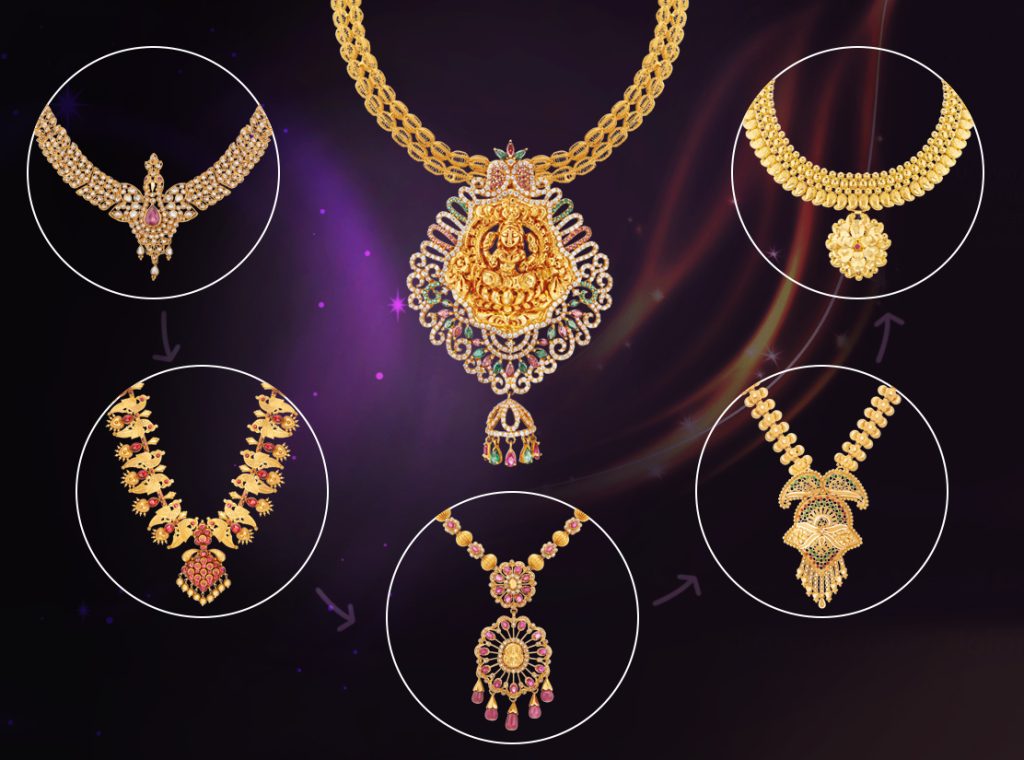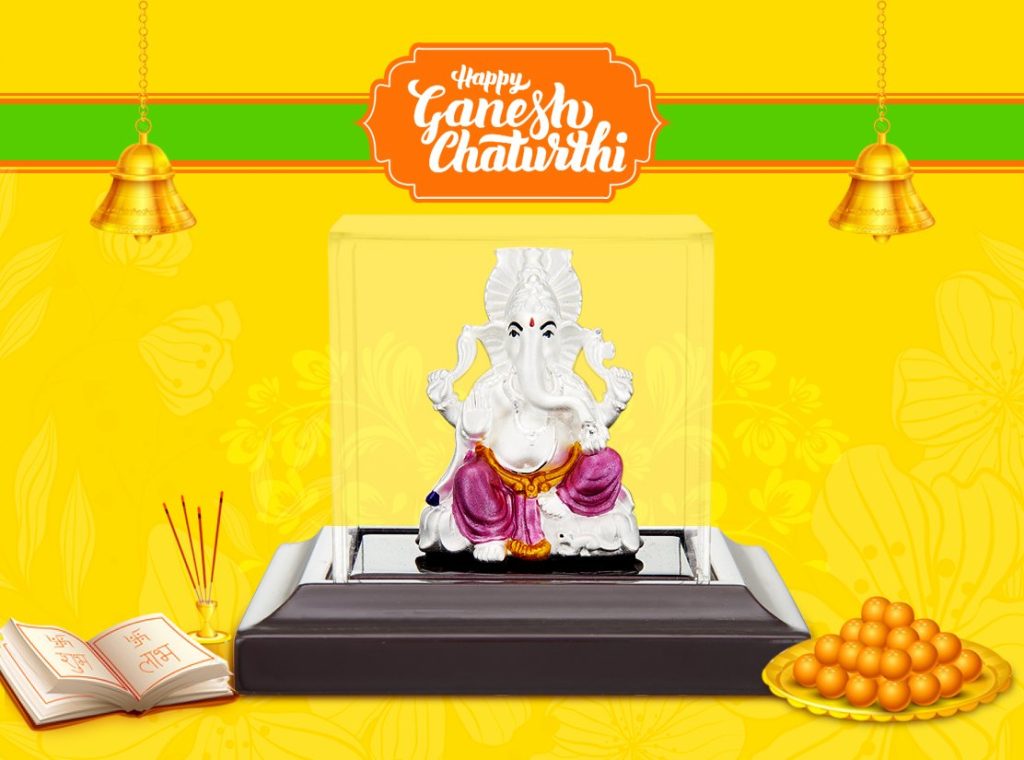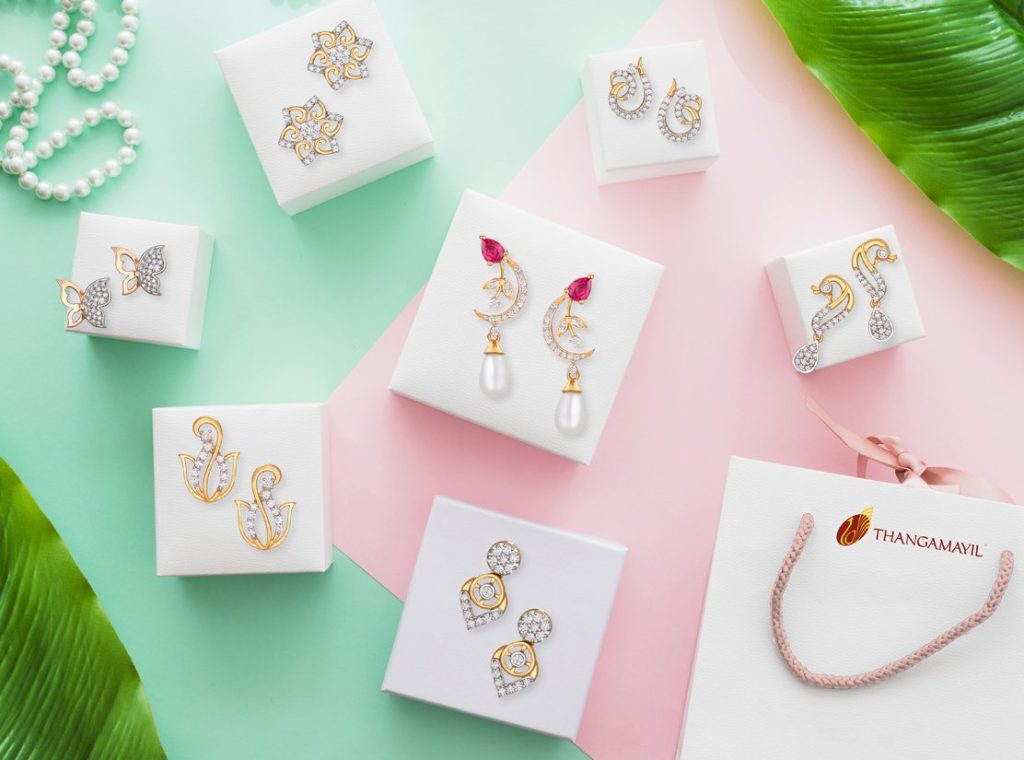It is time to recollect the old adage that goes like this – If a women shuns any form of jewellery, she is vulnerable to disturbances by spirits or being receptive to black magic! The main reason that can be attributed to the popularity of Gold among masses is that it has been a part and parcel of Indian culture and tradition since time immemorial. Jewellery in India flourished during ancient Indus Valley Civilization and will continue to endure forever.
It is a myth to think that Gold is associated only with Hinduism. It is an integral part of religious observances across religions. People hailing from modest family background too donate golden spear, golden ring, silver cradle etc to renowned temples(via ‘hundi’) once their prayers are answered. Devotees unmindful of the rising gold rates wish to fulfill their oath taken in front of God. There is also a widespread belief that any small service rendered to consecrated deities in temples or donations for temple renovation and maintenance will be reciprocated and blessed by the Almighty in a ginormous way.
In olden days people used to wear jewellery made of wood, bead, bone or clay. Although these forms of jewellery are outdated in the present era, gold jewellery with traditional designs as depicted in ancient paintings and sculptures still has its own style and charm continuing to lure the minds of people.
Gold is an intrinsic part of every Indian household and is considered a valued possession passed down through generations. This practice is said to uphold family legacy. A mother hands over her jewellery which she safeguarded over the decades and the daughter either exchanges it for trendy jewellery or retains the same. Whenever she wears those treasured legacy jewels, she feels her mother to be all along with her and continues to bless her daughter even after the demise of the latter.
Bedecked with Nature’s Bounty: Jewellery pieces typical of Harappa and Mohenjo Daro
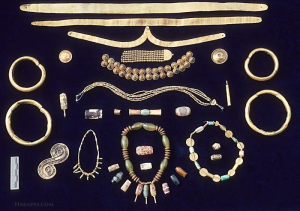
The easy availability of ductile and effulgent metals like gold and silver, along with the rich bounty of precious and semi precious stones, has added an extra splendor to the jewellery worn by people of the country. The royal families of ancient India not only used jewellery made of precious metals and gemstones as part of their outfit but also as currency, as indicated in the ancient Indian epics, the Ramayana and Mahabharata. Silk thread jewellery and paper-quilling jewellery are emerging trends in the field.
Designs that Reflect Culture
Jewellery in India forms an essential part of our culture and its use is not limited to human consumption. It serves to decorate temple idols of Hindu gods, sanctified with the chanting of divine mantras. The use of jewellery extends to yet another application – it is exclusively crafted as ornaments for animals. This includes the ceremonial headgear meant for elephants and horses to be worn on special occasions, such as Onam in Kerala or Dussehra in Karnataka.
We are aware of the highly auspicious bi-monthly occasion of Pradosham. In this spiritual procession Lord Shiva, in the form of idol, circumambulates the outermost prakaram of temple, with his divine consort, mounted on Nandhi Deva. The deities including Nandhi Deva are either gold plated or covered in gold or silver armour depending on the financial position of the concerned temple.
Celebrated Designs
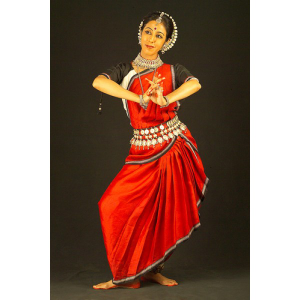
Traditional costume of an Odissi dancer
Jewellery designs are also influenced by the local art forms. Kuchipudi, Odissi and Mohiniattam are among the many dance styles that originated in India, and each dance has a unique costume along with characteristic jewellery designs. For instance, Manipuri dancers wear ornaments made of shells, precious stones or animal teeth and claws.
A Culmination of History and Art
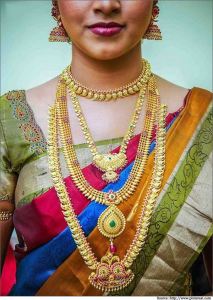
Spanning over a wide range of styles and materials, Indian jewellery is brought together by its varied influences. Chunky rustic designs exist alongside Mughal-inspired gemstone jewellery or the enamelled jewellery of North India, as well as the elegant and intricate nature-inspired jewellery designs popular in Kerala and Tamil Nadu. Indeed, jewellery-making in the country has truly evolved into an art.
No occasion in India is complete without a bit of extravagant splurging by shopping for jewellery, be it for yourself or as a gift for a loved one. Considered an investment as much as it is an indulgence, buying jewellery involves checking the purity and authenticity of the metals and gemstones in the ornament, apart from the design. Make sure your jewellery purchases get you the maximum value for money by buying from stores that offer a guarantee of quality and acquire ornamental pieces that are sure to become cherished family heirlooms.
